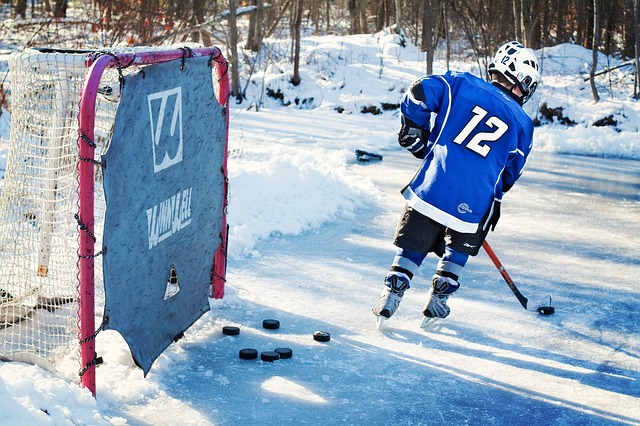
What's your favorite sport? Tennis? Running? Ice hockey? Whatever it is, engineering probably has a lot to do with playing, scoring or training for that sport. Whether it's tennis nanotech, high-speed cameras for photo-finish races, or the best-flex hockey stick materials, show what you know about the sports/engineering connection by entering the 2015 EngineerGirl Essay Contest.
Girls and boys in grades 3-12 are invited to learn and write about one technnology used in a sport that they enjoy—and tell how different types of engineers contributed to the technology's design and manufacture. What problem was the technology developed to solve? How could engineers improve the technology in the future?
To explore these questions and register for the Engineeering in Sports essay contest, visit the Engineer Girl website sponsored by the National Academy of Engineering. Essays will be judged on the basis of content, research, expression and originality. Deadline for entries is March 1, 2015.
Want to learn hands-on about sports engineering as well? Visit Howtosmile.org for yearround sports STEM activities, or since it's winter right now, try activities with cold weather sport themes. Echo Base Bobsleds gets learners to build a miniature bobsled that's either fastest or slowest. Learners use recycled materials to design, build and test their bobsled on a track. This activity is a fun way to experience the design process that scientists and engineers undergo—by conceptualizing the problem, designing and testing a prototype and making modifications to optimize the solution.
Hockey Stick Power offers a full inquiry investigation into how a hockey stick’s flex affects shooting power and accuracy. Groups of learners design accuracy and speed tests to gather new data and calculate average scores for the flex of different hockey sticks.
Chair Lift Challenge explores unique challenges in transportation engineering, such as devising a method for skiers or hikers to get to the top of a mountain. Students sketch their plans, consider material selection, build their model system, test it, reflect on the challenge and present their experiences to their class or other audiences.
